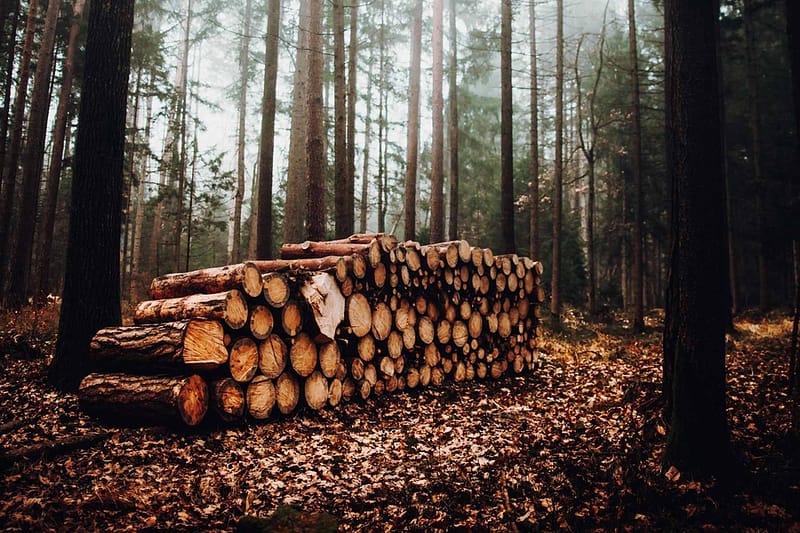Timber harvesting is a critical aspect of sustainable forest management. Choosing the right time of year to harvest timber can significantly impact the quality of the wood, minimize environmental disturbances, and optimize the overall efficiency of the operation. In this article, we will explore the ideal times of year to harvest timber, taking into account various factors that affect the process.
- Winter Harvest (Late Fall to Early Spring): Winter, with its dormant deciduous trees and frozen ground, can be an excellent time for timber harvesting in many regions. Here are some reasons why:
- Reduced Impact: Frozen ground helps to minimize soil disturbance, reducing the risk of soil erosion and compaction.
- Increased Access: Frozen or snow-covered ground provides better access to remote timber stands, making transportation of harvested logs more manageable.
- Improved Timber Quality: Winter harvesting can result in higher-quality timber due to lower moisture content in the wood.
- Spring Harvest: Spring is another viable time for timber harvesting, but it comes with its own set of considerations:
- Soil Conditions: Spring brings thawing and increased moisture levels. Care must be taken to avoid damaging wet and sensitive soil during harvesting operations.
- Wildlife Concerns: Many wildlife species, like birds and amphibians, are active during the spring breeding season. Harvesters need to be mindful of wildlife habitats and migration routes.
- Summer Harvest: Summer harvesting is possible in some regions, but it’s generally less favored due to specific challenges:
- High Moisture Content: Wood harvested during the summer may have higher moisture content, which can increase transportation costs and the risk of fungal decay.
- Potential Environmental Impact: Soil erosion and disturbance can be more pronounced in summer due to dry conditions and increased traffic.
- Fall Harvest: Fall can be a suitable time for timber harvesting, provided that it’s done with careful consideration of the following factors:
- Leaf Cover: Deciduous trees shed their leaves in the fall, making access to timber stands easier.
- Weather Risks: Fall weather can be unpredictable, so planning for potential rain and wind is essential.
The ideal time of year to harvest timber varies depending on your specific location, climate, and the goals of your forestry management plan. While winter and early spring are generally favored for their reduced environmental impact and improved wood quality, other seasons can also be viable if managed with care.
It’s crucial to consult with forestry experts and follow best management practices to ensure sustainable and responsible timber harvesting year-round. By considering the unique challenges and opportunities of each season, you can maximize the benefits of timber harvesting while minimizing its ecological footprint.
